DJI Pocket 2 Review
As an Amazon Associate, we earn from qualifying purchases at no cost to you.
Design
The DJI Pocket 2 fits nicely into a hard case included with the unit. The case does not add much bulk to the unit and helps protect the camera and gimbal mechanism.
The controls on the Pocket 2 can be a little confusing. There are two main buttons on the front: the red “shutter” button to trigger the camera, and a “mode” button that switches between functions.
However, there is also an optional joystick and button panel that you can slide into the Pocket 2. But when it comes time to transfer your recordings to your phone, you must remove this small panel and slide in the Lightning or USB-C connector into the same spot. I would have preferred that the joystick controls were a permanent feature and that the phone connections could simply be plugged into a port on the side of the unit. It seems odd that you need to remove the physical controls in order to access the data connections.
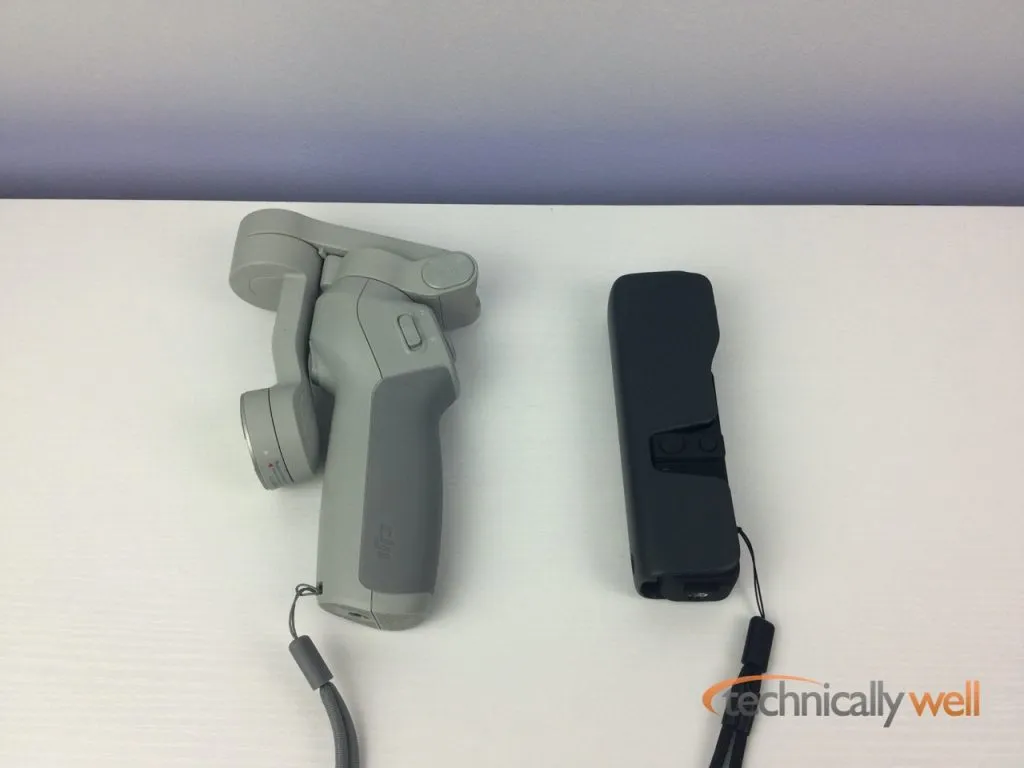
DJI OM 4 (left) vs DJI Pocket 2 (right)
Performance
Like the DJI OM 4, the DJI Pocket 2 does a great job of smoothing out movements in your video recordings. However, unlike the OM 4, the DJI Pocket 2 has its own camera and does not need your phone to function. You can see in my photo that the DJI Pocket 2 is more compact than the OM 4.
The Pocket 2 removes some of the up and down motion of walking while recording, but it does not completely eliminate it. However, it smooths out the movement enough that most people should not get seasick while watching your recordings.
The small display on the DJI Pocket 2 allows you to see your recordings and access many settings through the touch interface. However, the screen is very small and it is difficult to use as a viewfinder. It’s also challenging to navigate through the various settings and features as most options require you to remember to swipe in a certain direction to access them.
Features
- Portable: The Pocket 2 fits nicely in its hard case and can fit in most pockets. There are even storage locations in the case for the phone connectors and the optional wide-angle lens.
- AI Editor: You can select the videos and photos from which you wish to create a video and the AI Editor will automatically pick out a style and begin storyboarding the clips. However, as of this initial release, the videos and photos must first be downloaded to your phone and added to your phone’s gallery. This is different from the DJI Fly app which can create videos directly from the memory card in the drone. Given most phones have somewhat small onboard storage (and instead push you towards cloud storage subscriptions), this is a bit inconvenient if you’re trying to save space on your phone.
- Story Mode: This includes some pre-canned Instagram story-worthy templates for your videos.
- Tripod mount: A separate base can be snapped onto the bottom of the unit which includes a standard tripod mount while still allowing access to the USB-C charging port on the bottom of the unit.
Battery Life
After using the DJI Pocket 2 for about an hour on a recent road trip, I had approximately 60% battery remaining. This seems to support the 140 minute battery life that DJI stated. The Pocket 2 can be recharged with a USB-C cable (included) and a USB wall charger up to 5V 2A (not included).
Our Verdict
The DJI Pocket 2 produces smooth and high quality video and pictures without typing up your smartphone. The included hard case makes it pocket friendly and it starts up fast for spur-of-the-moment recording. The on-screen menus are difficult to navigate with the tiny touchscreen, and connecting the unit to your phone is somewhat inconvenient as it requires sliding out the physical controls to slide in a phone connector.
PROs
- No need to use your phone's camera
- 4K video up to 60 fps
- Convenient hard case included
CONs
- Tiny touchscreen
- Odd phone connection process
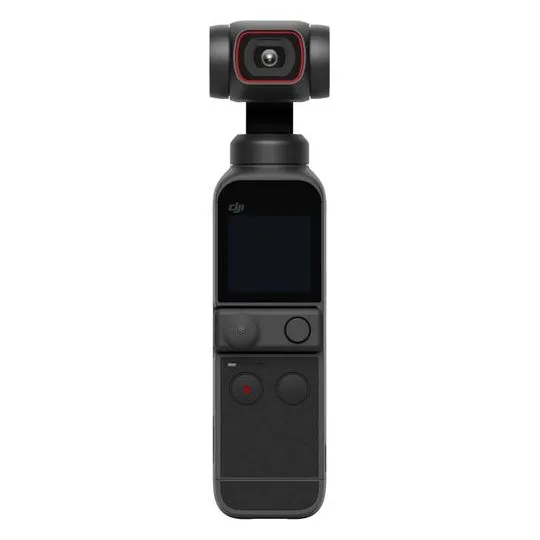
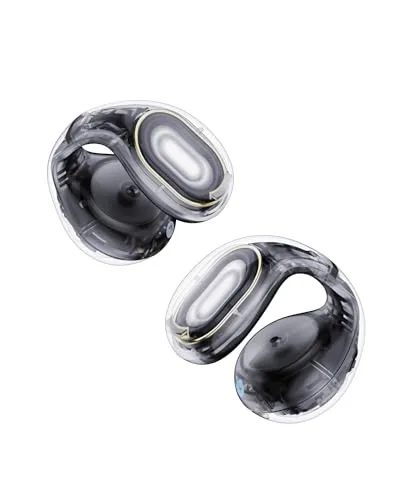
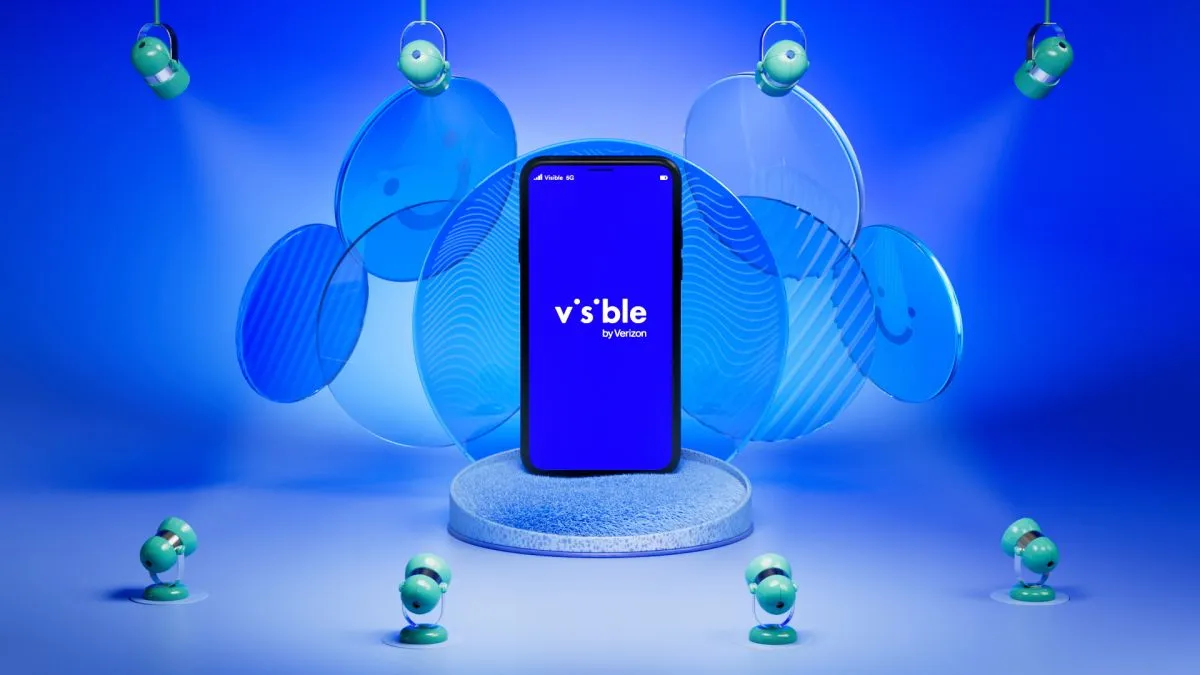
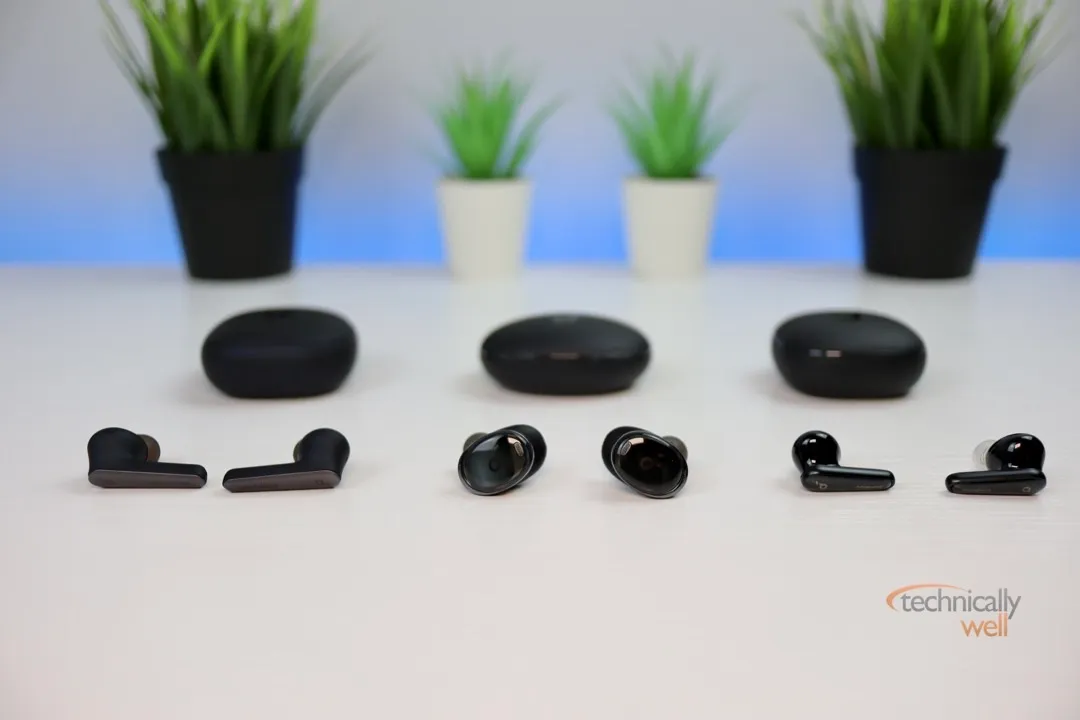
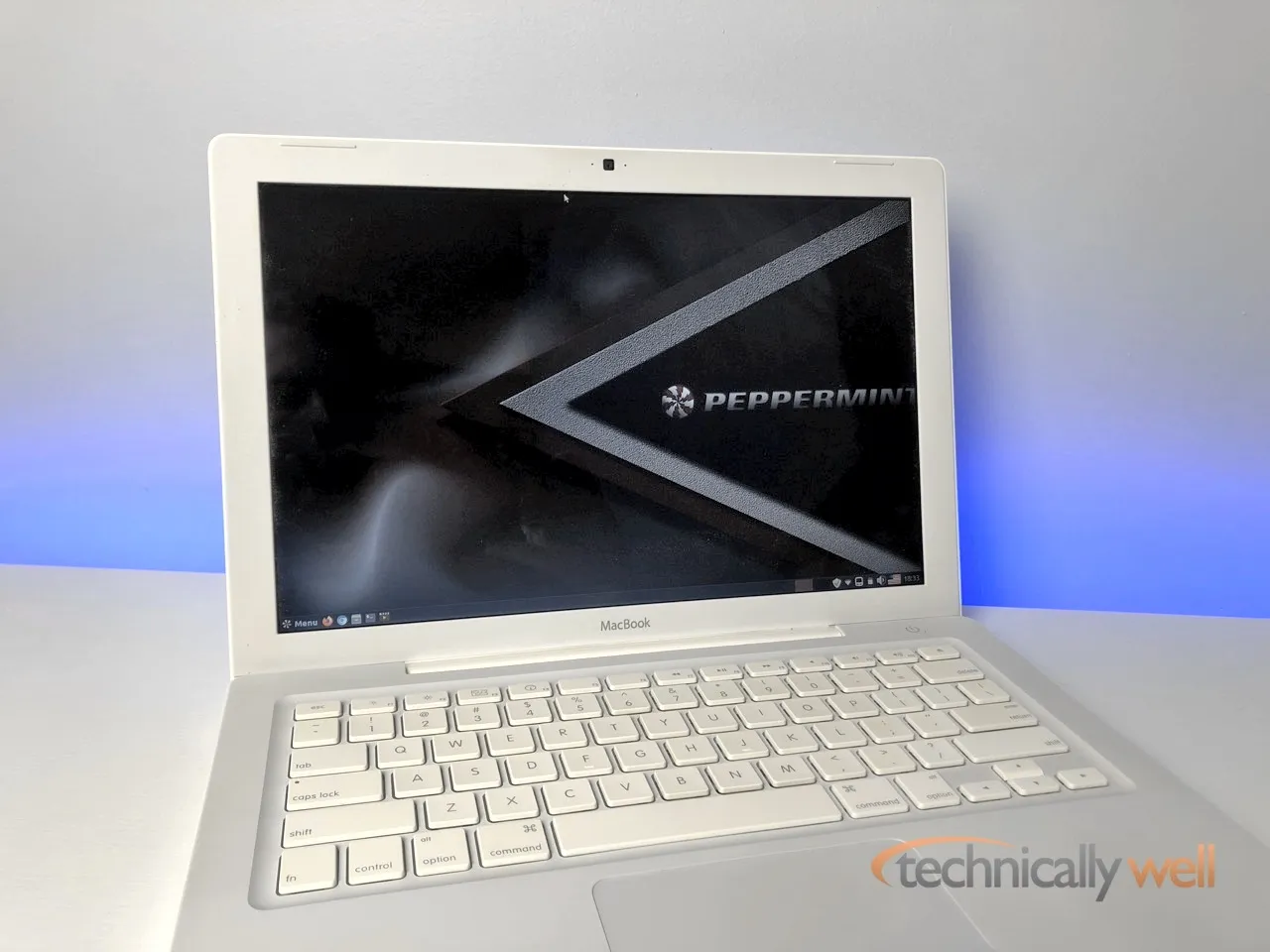
 Hi, I'm Ryan! I've worked in the IT industry for over two decades and I love checking
out new gadgets, apps, and services that make our lives easier.
Hi, I'm Ryan! I've worked in the IT industry for over two decades and I love checking
out new gadgets, apps, and services that make our lives easier.